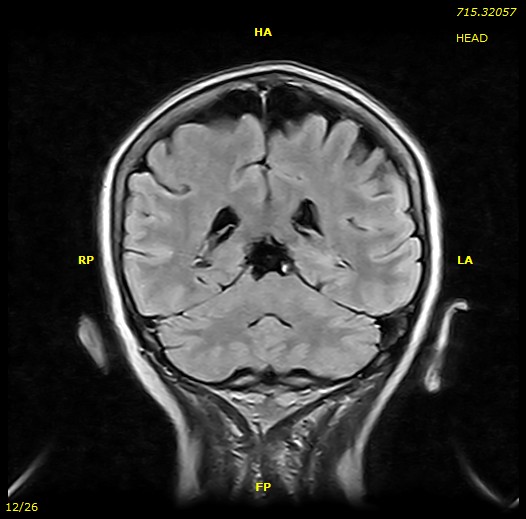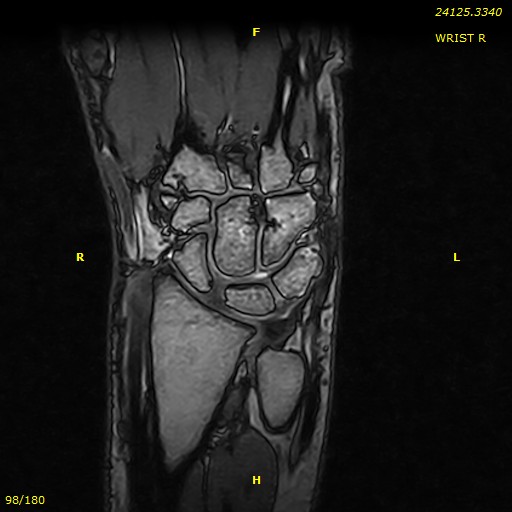Advantages of Open MRI
Open MRI offers a range of benefits that significantly improve the patient experience and expand diagnostic possibilities. Some of the main advantages include:
Greater comfort for claustrophobic patients
Many people experience anxiety or even panic attacks when undergoing traditional MRI due to the feeling of confinement. The open machine drastically reduces this discomfort by providing a more spacious and less intimidating environment.
Suitability for patients with reduced mobility
The open design facilitates access for patients with disabilities, injuries, or movement limitations, allowing them to be positioned more comfortably during the procedure.

Suitable for children and the elderly
Children and older adults often require a more delicate approach during medical procedures. Open MRI allows for greater visual and verbal interaction with medical staff or even a companion.
Options for overweight patients
This type of machine can accommodate patients with obesity, who often find it difficult to undergo MRI in traditional equipment due to space restrictions.
Less noise
Although all MRI machines produce some level of noise during operation, open versions are often quieter, contributing to a less stressful experience.

Clinical Applications of Open MRI
This service is ideal for diagnosing a wide range of medical conditions. Some of its most common applications include:
Musculoskeletal injuries
Open MRI enables precise evaluation of injuries in joints, muscles, ligaments, and bones. It is particularly useful for diagnosing sprains, tears, and fractures.
Neurological disorders
This equipment can detect conditions such as brain tumors, multiple sclerosis, herniated discs, and spinal cord abnormalities.

Abdominal and pelvic diagnosis
Open MRI is also effective in examining internal organs, such as the liver, kidneys, and reproductive organs, identifying conditions like cysts, tumors, and other pathologies.
Vascular assessment
It allows for the analysis of blood flow and the detection of issues in arteries and veins, such as aneurysms or thrombosis.

Patient Process and Preparation
The process for undergoing an open MRI is simple and non-invasive. Below, we outline the main steps:
Pre-examination consultation
Before the exam, the doctor will review your medical history and determine if a contrast agent is needed to obtain more detailed images.
Preparation
It is necessary to remove any metallic objects, such as jewelry, watches, or glasses, as they can interfere with the magnetic field.



